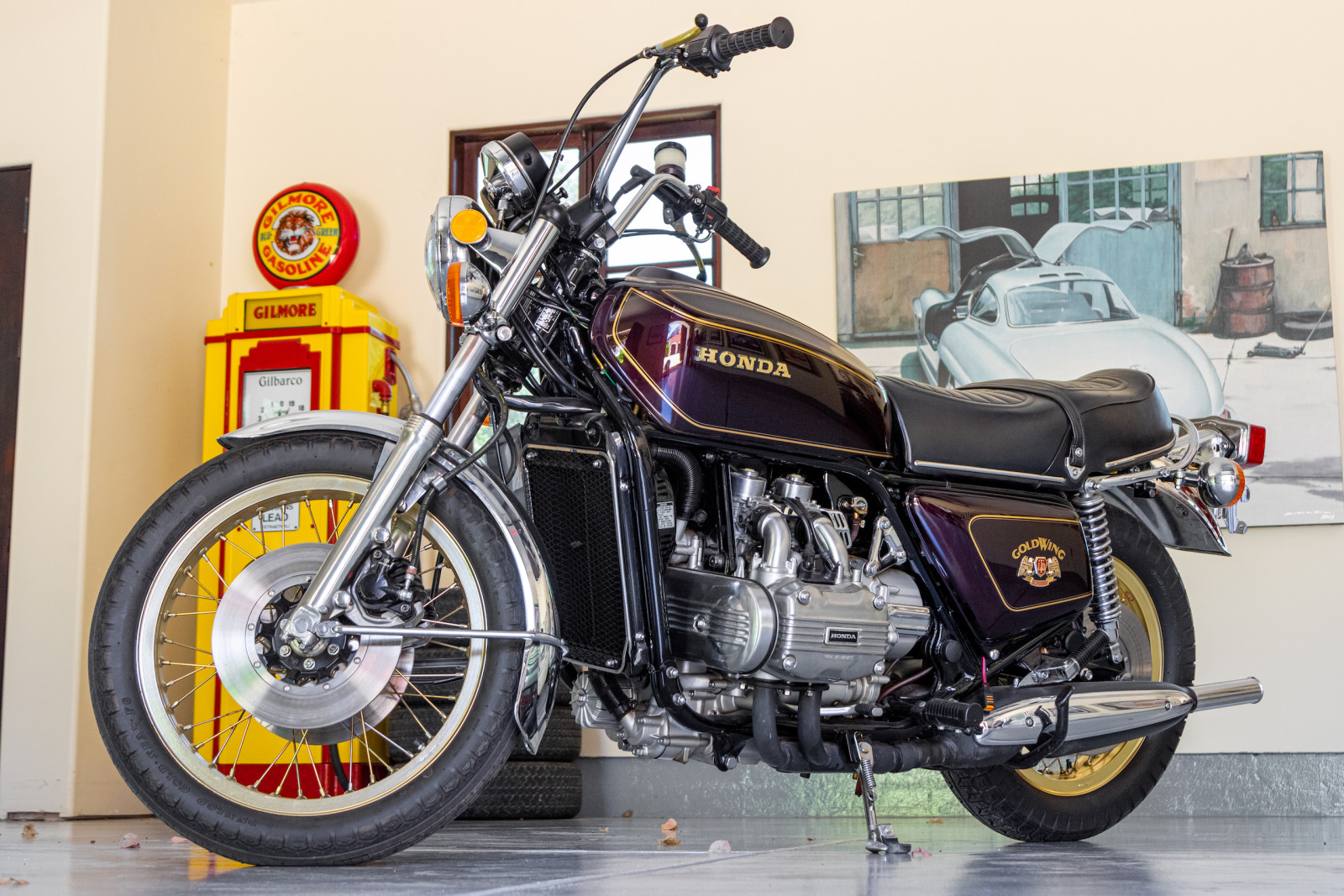When it comes to automotive auctions, it’s critical to understand the difference between the hammer price and the final price of a car. The hammer price may initially garner all of the attention, but it’s important to understand the behind the scenes fees associated with winning an auction. Whether you’re bidding on your dream car at Barrett-Jackson, RM Sotheby’s, Mecum, Bonhams, Gooding, or even online sites like Bring a Trailer, it’s important to know exactly what you might be spending on your latest acquisition.
Traditional live automotive auctions are led by an auctioneer who uses their fast-talking presentation skills and wooden gavel to keep the flow of cars moving across the block. As the auctioneer announces ever-climbing prices based on bidder interest, the close of the auction is signaled by the slamming of a gavel or wooden hammer. This exciting tradition represents the end of an auction, and is usually followed by the announcement of the lucky winner. The last price called out during the frenzy of bidding is called the hammer price.
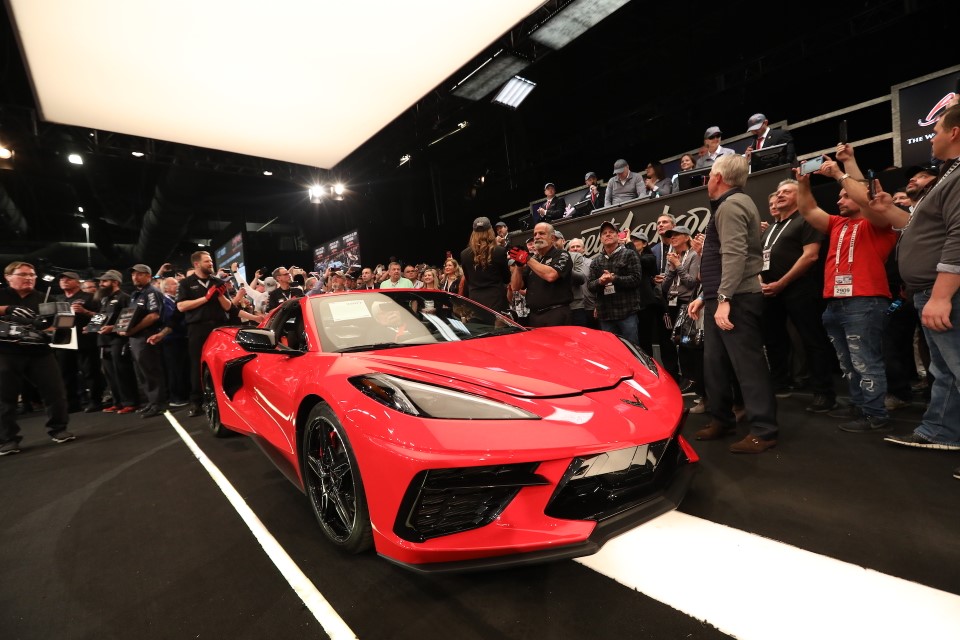
Let’s say that you won a fierce bidding war on a low-mileage Acura Integra Type-R. The final bid as the Phoenix Yellow Coupe crossed the block was $30,000, but you’ve dreamt of owning one since high school and today’s the day your aspiration is finally realized. But, depending on the auction platform you chose to buy your dream car through, you’re going to be paying more than $30,000.
Let’s assume, for example, you found yourself in the seats at Barrett-Jackson when you won your Type-R. TV crews weave their way through the crowd while nondescript words blare over the loudspeakers. You raise your paddle and win your $30,000 Integra Type-R with the gavel slamming down to close the auction. Barrett-Jackson charges a flat 10% bidder’s premium, which in this case is an extra $3,000.
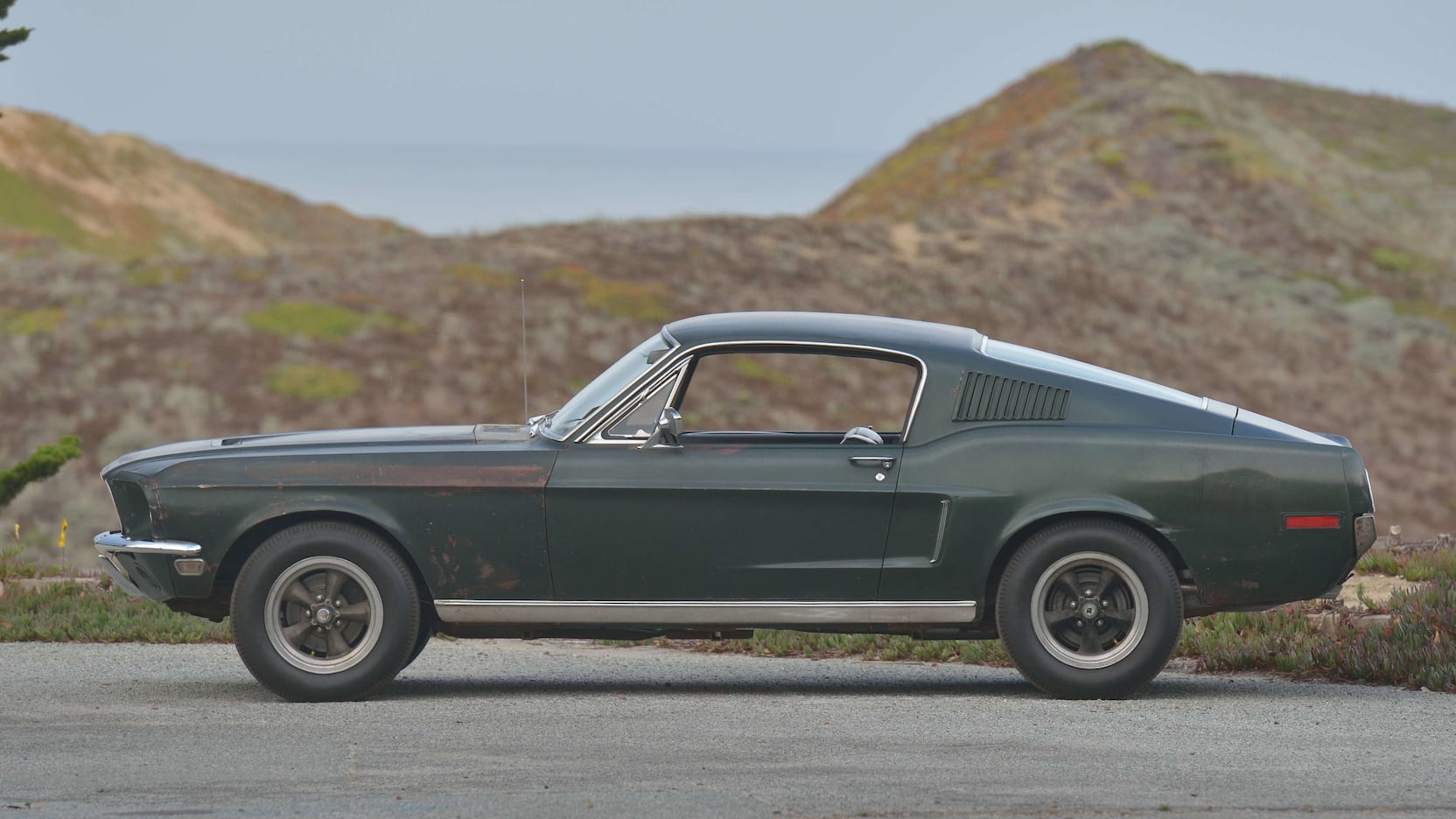
Another example is something like the Bullitt Mustang that sold last month at Mecum's big event in Kissimmee, Florida. Although the car hammered for $3,400,000, the final price inclusive of the buyer's premium was $3,740,000.
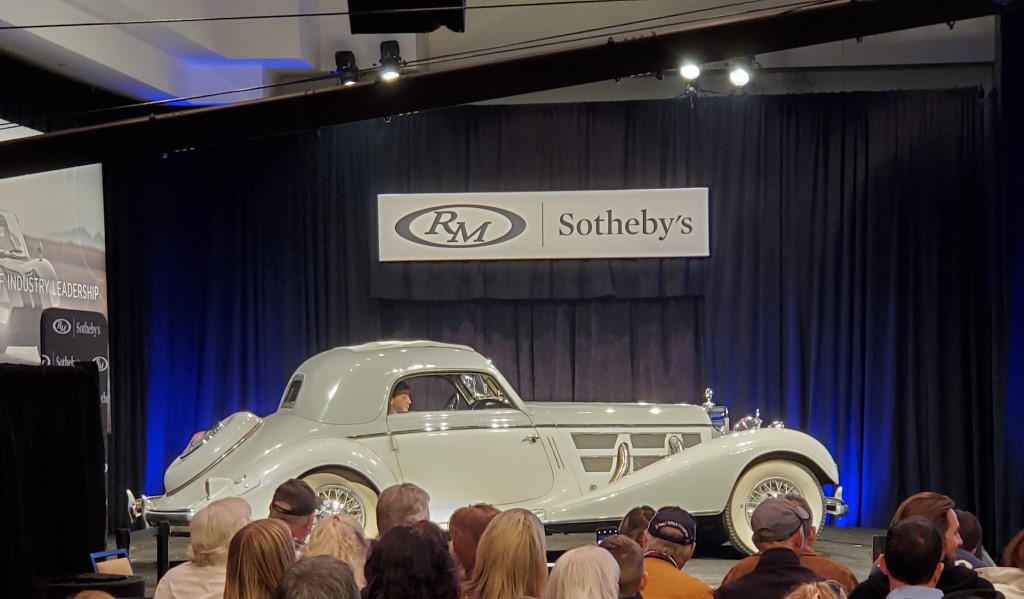
If you were bidding at RM Sotheby’s, the seller pays a negotiated commission ranging between 0% to 15%, while the buyer pays a 12% commission up to $250,000, and then 10% on the hammer price above $250,000. If you won your Type-R at RM Sothebys for $30,000, you’d have to pay a final price of $33,600. Last month in Scottsdale, a Vector W8 auctioned by RM Sotheby’s set a record for the model and marque when it hammered for $650,000. But with the 12% fee on the first $250,000, and the additional 10% on the remainder, the actual final price was $720,000.
Bonhams Auctions bases their seller’s commission rates on the specific auction lot. When it comes to buyers, Bonhams chargers a 10% fee and reserves the right to charge for storage, transportation, and customs and import taxes. All of these additional fees are added to the hammer price to make up the final cost of your latest car purchase.
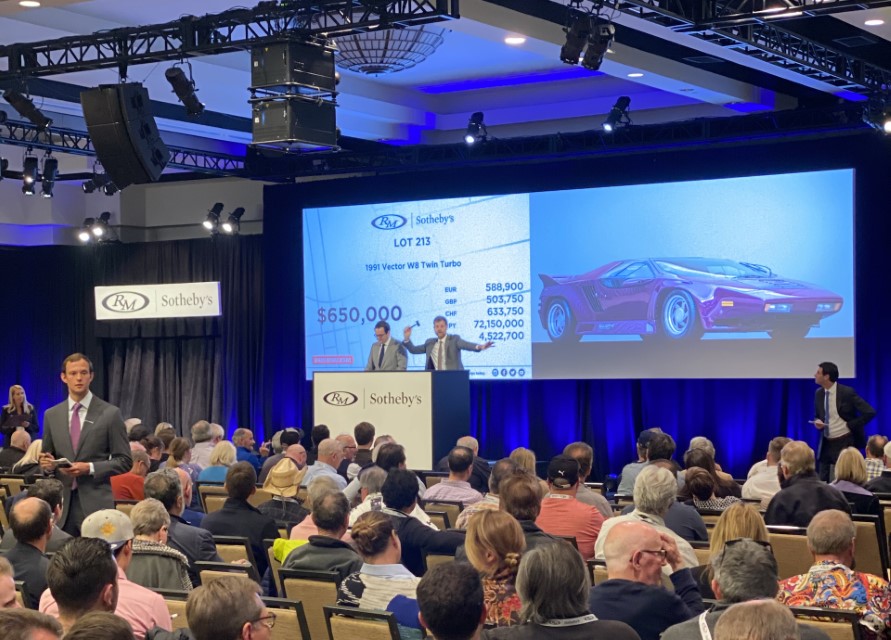
If you prefer to bid on collector cars online, Bring a Trailer is a popular site to avoid the lesser-known costs associated with automotive auctions. Bring a Trailer charges sellers a flat fee of $99 to list their car on the website for a basic auction, and the fee is charged whether the car sells or not. Bring a Trailer charges buyers a 5% fee for a minimum of $250 and a maximum capped at $5,000. On Bring a Trailer, the hammer price of $30,000 for your Type-R would result in a final price of $31,500—far more affordable than a traditional live auction.
The final price of an automotive auction is an important factor for sellers looking to make a strong profit and buyers who want a good deal. Although the hammer price grabs all of the attention off the bat, it is the final price that effects your wallet—and the market. With the growing presence of the online marketplace and the high overhead associated with traditional, physical auctions, it’s no wonder why more and more enthusiasts and collectors are choosing to do business online.
Photos via BidGarage, General Motors, Mecum Auction.
Powered by Froala Editor


